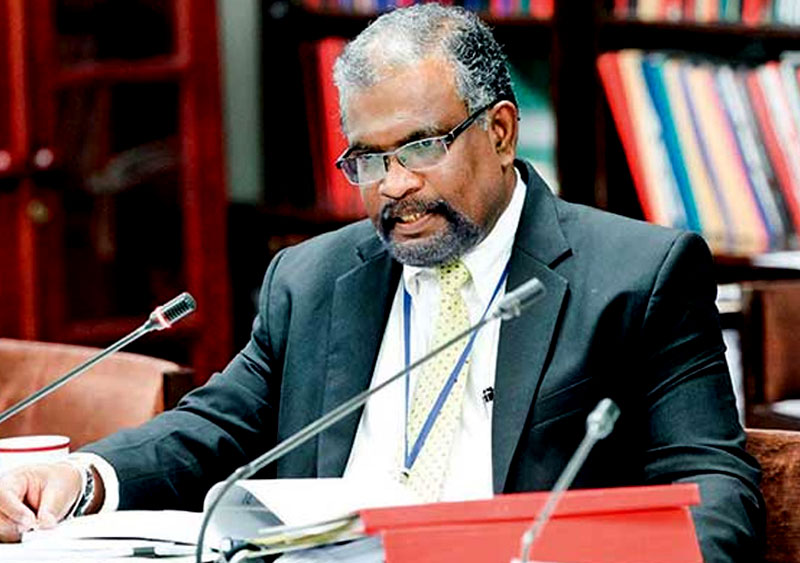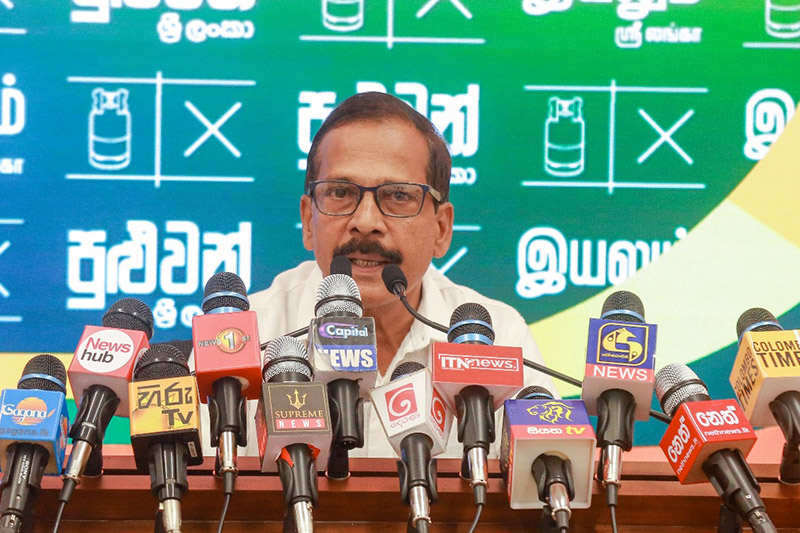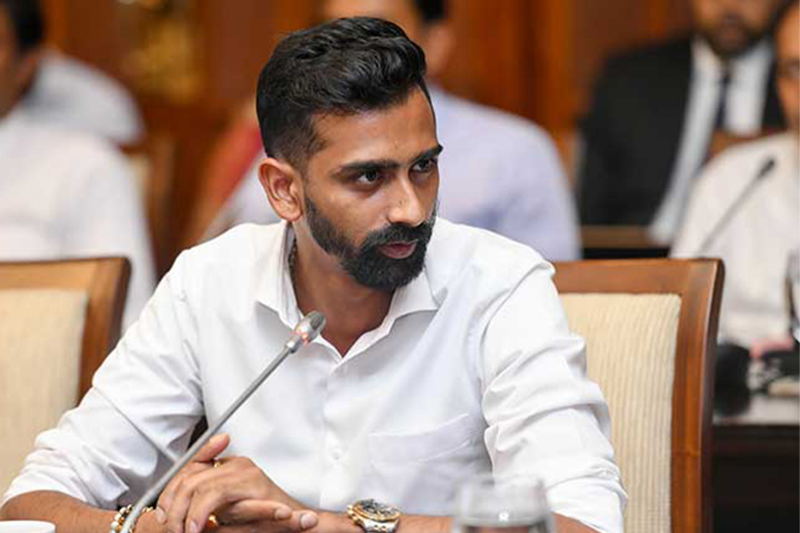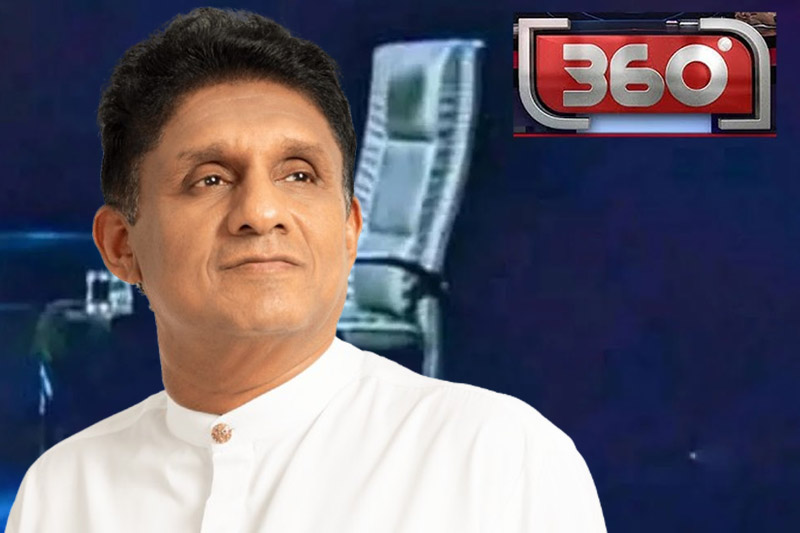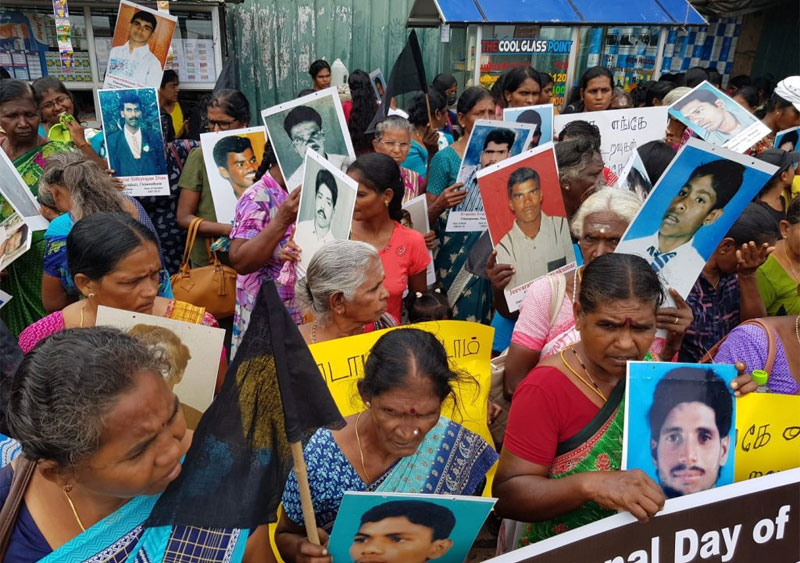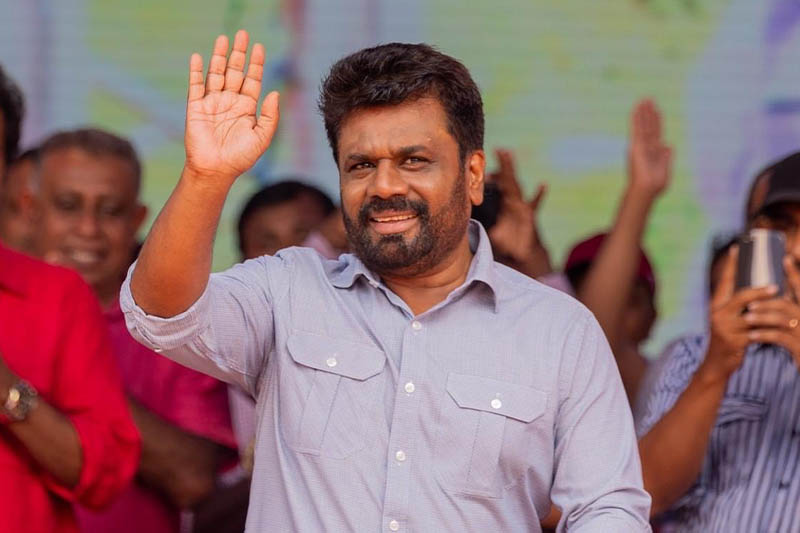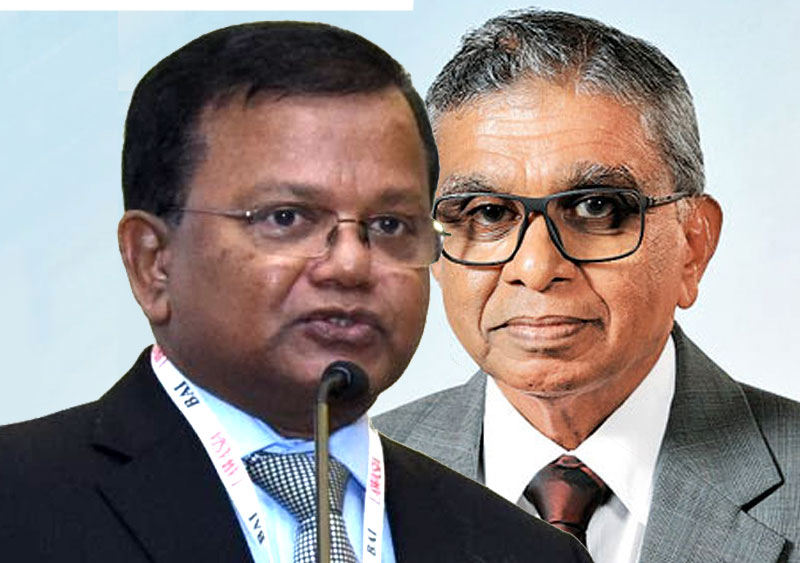The Treasury yesterday issued the 2025 Budget Call with guidelines for the preparation of Annual estimates as well as 2025-2027 medium term fiscal framework.
All Secretaries to Ministries, Chief Secretaries of Provincial Councils, Heads of Departments, Chairpersons of State Corporations, University Grants Commission and Statutory Commission have been notified of the Budget Call via a circular. The purpose of this Circular is to provide necessary guidelines to spending agencies in preparation of expenditure estimates.
The Treasury said the 2025 Budget is expected to be prepared in line with the Public Financial Management Act No. 44 of 2024 (PFM Act) and the 2025-2027 Medium-Term Fiscal Framework (MTFF).
The 2025 Budget will be framed to ensure fiscal discipline and prudent fiscal management, whilst ensuring that adequate public funds are strategically deployed towards optimising efficiency and ensuring value for money.
The Treasury said following the deep and unprecedented economic crisis that peaked in 2022, the Government has implemented a comprehensive, coordinated macroeconomic reform program during the last two years. Fiscal reforms have been at the forefront of this effort. Through these reforms, it has been possible to convert a primary budget deficit of 5.7% of GDP in 2021 into a primary budget surplus of 0.6% of GDP in 2023.
The Government revenue is gradually increasing and the Central Bank financing (loosely termed as money printing) has been terminated since mid-September 2023. Through these measures, along with other macroeconomic reform processes, a degree of stability has now been established in the economy. These positive outcomes are the result of disciplined fiscal practices, which in turn have been made possible by the sacrifices and difficulties endured by the citizens of Sri Lanka.
Whilst the fiscal position has stabilised considerably compared to the past two years, this is by no means a time for complacency. The prevailing economic stability is intrinsically connected to the maintenance of fiscal discipline and the continuity of the macroeconomic reform path. Any deviation from this path could easily push the country into a vicious cycle towards rapid economic downturn.
The Treasury said it is building up cash buffers and fiscal resilience keeping in mind the potential headwinds in the future, which may arise from both domestic and exogenous challenges. Hence, it is essential to maintain vigilance regarding these risks, and the associated threats to Sri Lanka’s nascent economic recovery. In this context, fiscal management and public expenditure must continue to embody the principles of prudence and discipline while ensuring value for money, and optimal public return for every Rupee that is expended.
The Treasury circular has listed the 2025-2027 Medium-Term Fiscal Targets and Strategies. Among them are increasing the Government revenue up to 15.1% of GDP in 2025 and then up to 15.3% in 2027 through new revenue enhancing measures, together with strengthening tax administration, broadening the tax net, enhancing compliance and digitalisation.
The Treasury envisages maintaining the Government expenditure within 20% of GDP from year 2025 onwards through prudent expenditure management, whilst improving expenditure allocation to optimise public returns of Government spending.
Others goals include gradually increasing the capital expenditure to over 4% of GDP from 2025 onwards; maintaining the primary expenditure below the legislated limit of 13% of GDP; a primary budget surplus at a level of 2.3% of GDP during the medium term from 2025 onwards; and budget deficit at a level below 5% of GDP from year 2025 onwards.
Treasury also refers to implementation of recent and upcoming legislative and institutional reforms in order to strengthen fiscal management with responsibility, discipline and transparency and increasing the revenues of State Owned Enterprises and expenditure rationalisation.
With regard to Development Expenditure, the Treasury noted that recent studies highlight that a significant percentage of capital expenditure projects have failed to be completed within the expected timeframe and within the original Total Estimated Cost. Even a significant number of projects having lower cost and less complexity show weak progress and implementation delays. Such delays are unacceptable given the resultant cost escalation and sub-optimal usage of extremely limited public resources. Therefore, strong attention should be paid to complete ongoing projects efficiently-and to fully utilise the potential capacity of completed projects. The Chief Accounting Officers are responsible to achieve expected progress during the year.
Allocations for new projects must be justified by clear evidence of viability and direct contribution to economic growth and social value creation.
The Treasury noted that recent studies have revealed that capital assets generated by public investments are not appropriately recorded. Non-use of standard object codes in the proper manner is one reason for this. Therefore, provisions should be split up in terms of the standard object codes under each sub-project when preparing the estimates of development projects. For instance, if a sub-project consists of building construction, purchase of machineries, software development etc., budgetary provisions of the relevant sub-project should be split up under the respective standard object code.
In case of new projects to be commenced upon the Government’s policy guidance, provisions should be included only for new projects approved by the Cabinet of Ministers with the recommendations of the Department of National Planning and “National Development Committee” under the methodology outlined in the National Budget Circular No. 03/2023.
However, as per the PFM act, selection, prioritisation and allocation for all new and ongoing public investment projects are decided by the Public Investment Committee. (e) Close attention should be paid to the recommendations made by the “National Operation Room (NOR)” or “Re-strategizing and Acceleration of Mega Projects Committee (RAMP)” previously established, regarding the ongoing projects as well as the decisions made by the Cabinet of Ministers based on those recommendations.
Projects initiated as Budget Proposals should be completed expeditiously within the relevant year. No provisions should be included to continue any Budget proposal beyond the relevant year, unless specifically indicated. Furthermore, as per the Public Financial Management Act, any new capital expenditure related proposal should follow the due process of the “Public Investment Committee”.
Calling for business proposals for projects in the form of direct investment from the private sector or projects having potential for Public-Private-Partnerships is encouraged. In that respect, business models should be developed in a manner with the capacity to cover the expenditure as far as possible through revenue generated from the projects and without creating contingent liabilities for the Government.
Public-Private-Partnerships Projects subject to settlement of the total cost of a project through annuity payments made to the relevant private parties by the Government, should not be commenced.
Special attention should be paid for the use of renewable energy, the use of modern technology and digitalisation in development projects.
As per the decision taken by the Cabinet of Ministers on 5 August 2024 to “Enhance the efficiency and the quality of the public service”, special attention should be paid to upgrade the existing information systems and plan the future information systems to adhere to uniquely identify individuals and entities to facilitate better service delivery via data sharing/systems integration.
The Treasury said restrictions imposed on the purchase of vehicles by the National Budget Circular No. 03/2021 will remain in effect for the year 2025 as well.
No provision shall be included under capacity development for foreign training that has to be paid from the Consolidated Fund. Such training requirements should be fulfilled through virtual methods and local institutions.
Provision for local training should be included only in instances where such training are required under Service Minutes, recruitment procedures and provisions of circulars, or such training are directly relevant for the duties of the officer.
In terms of Recurrent Expenditure and under Salaries, Wages, Overtime and Other Allowances, the Treasury Circular states that provisions for new recruitments should not be included except in cases where it is confirmed that recruitments will definitely take place at the beginning of 2025, for which examinations and / or interviews have already been conducted.
Salaries, wages and other allowances for the year 2025 should be calculated separately for each officer based on the actual number of employees as at 30 June 2024, whereas the details should be prepared at institutional level.
The Treasury also stipulates no provision should be included for any subsidy or welfare program implemented on decisions taken at institutional level, except for those programs implemented by virtue of any law or with the approval of the Cabinet of Ministers.
It also noted that climate change-induced fiscal risk can be identified as one of the main issues that has recently gained global attention. As Sri Lanka is a country with an increasing trend of being vulnerable to the impacts of climate change, it has become essential to be responsive in terms of enhancing resilience to and management of such disasters. Accordingly, when preparing the 2025 budget, sufficient attention should be paid to properly identifying such risks, taking necessary measures to mitigate them, enhancing responsiveness to risks, and increasing resilience. Particularly, strategies for climate change resilience should be included when implementing development projects.
Additionally, the Sustainable Development Council has issued classification guidelines containing the necessary guidance and instructions to tag expenditure estimates according to 17 Sustainable Development Goals and 169 objectives. According to those guidelines, all the budgeted expenditure programs and projects should be aligned with the sustainable development goals and objectives through the Focal Point Officers already identified for this purpose in your institutions with the technical support of the Sustainable Development Council.
The Treasury has also called for special attention to be paid to gender responsiveness in preparing the annual budget since goal No.5 of the Sustainable Development Goals aims at gender equality and empowerment of all women and girls.
Order of priority for provision of allocations
Provisions will be provided in the following order of priority.
(a) Provisions required to maintain essential public services and maintenance activities
(b) Provisions required for accounting or settling of liabilities/commitments
(c) Provisions for projects implemented under foreign assistance that are supposed to be re-commenced with the completion of the debt restructuring process.
(d) Completing the work that has been almost completed
(e) Provisions for the next stage of projects/programs that have commenced.
Officers have been requested to submit expenditure estimates on or before 28 August.
The Department of Fiscal Policy will issue a separate Circular containing guidelines on the submission of revenue estimates for the year 2025 in due course, when necessary.
(Daily FT)

